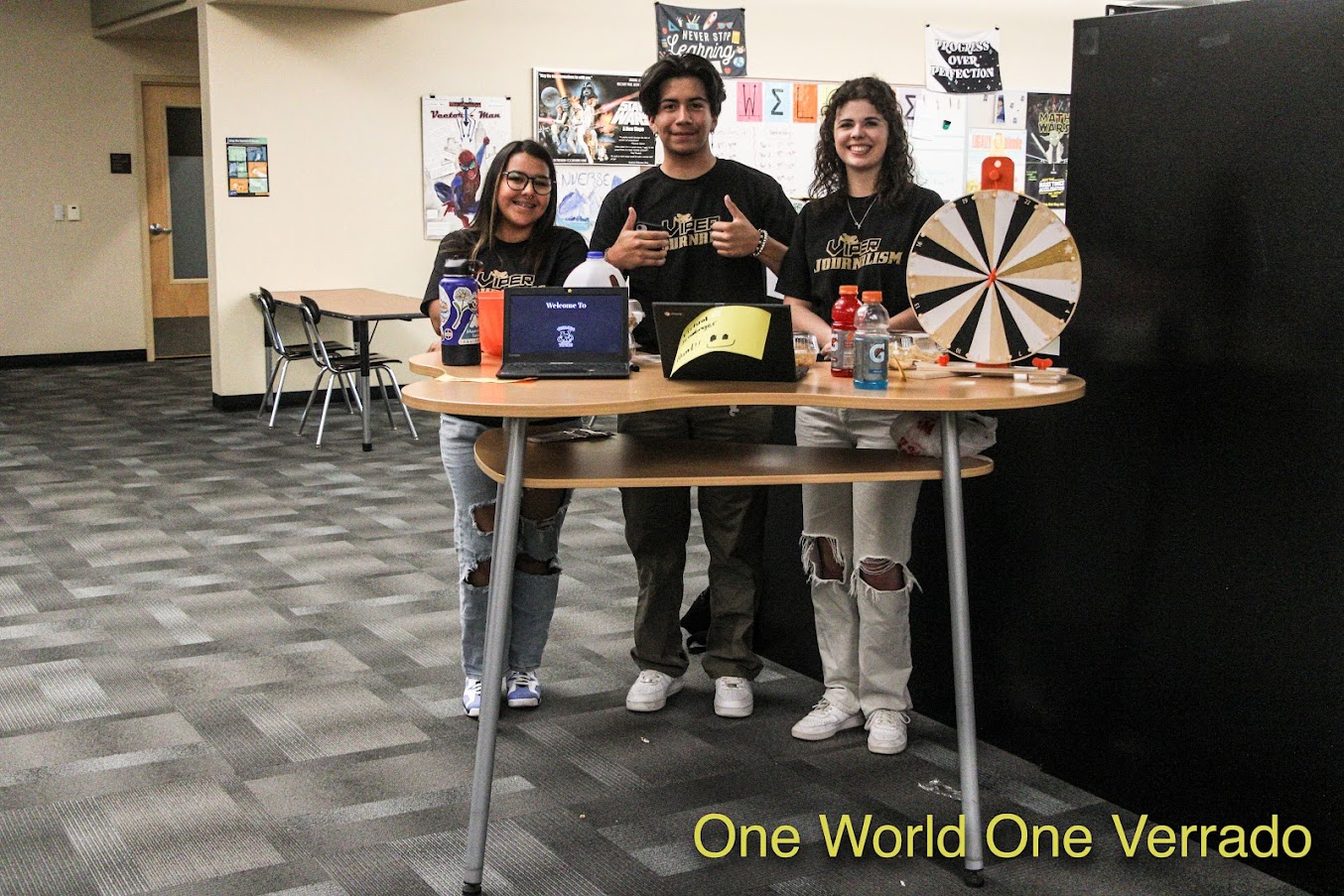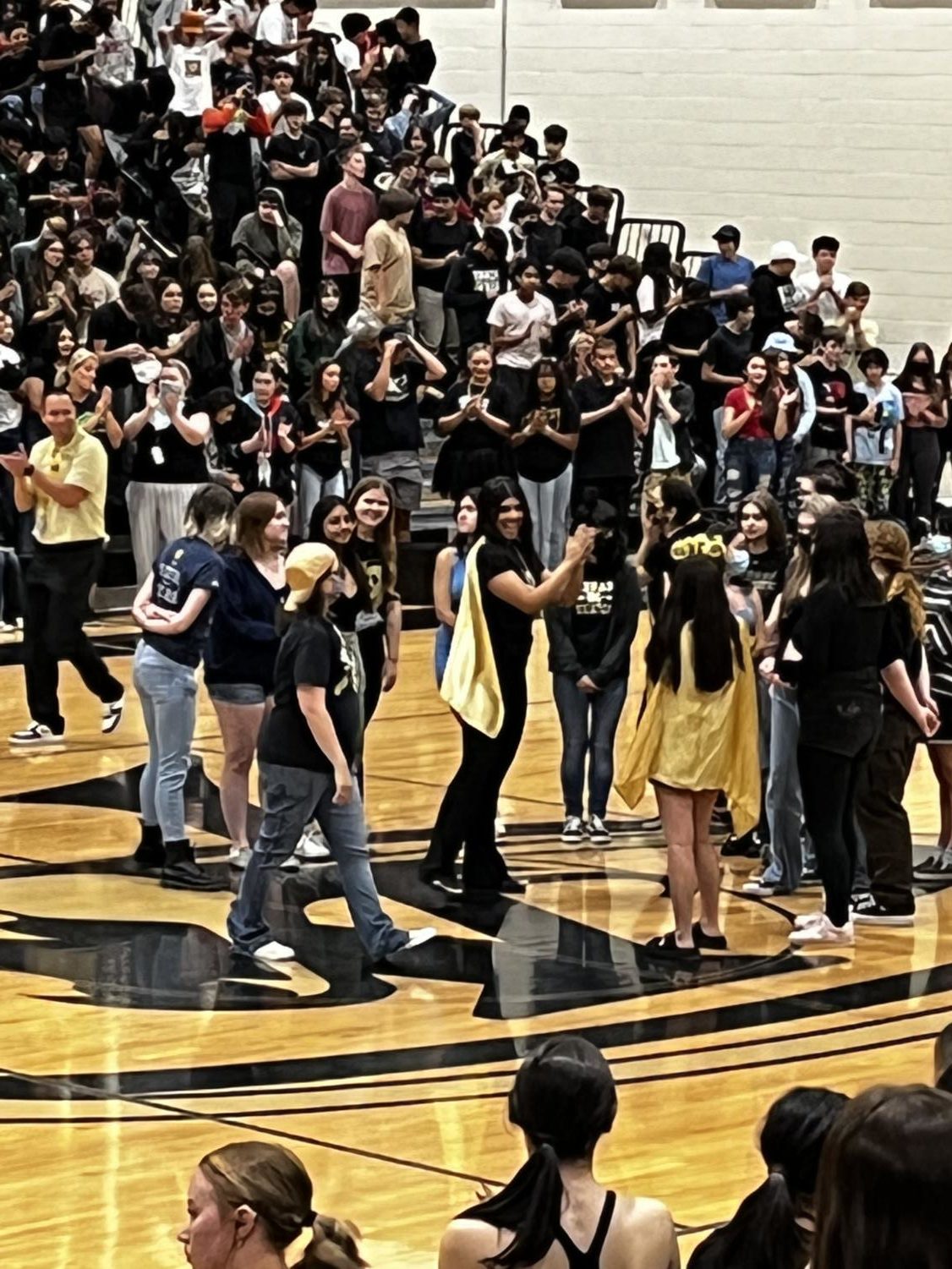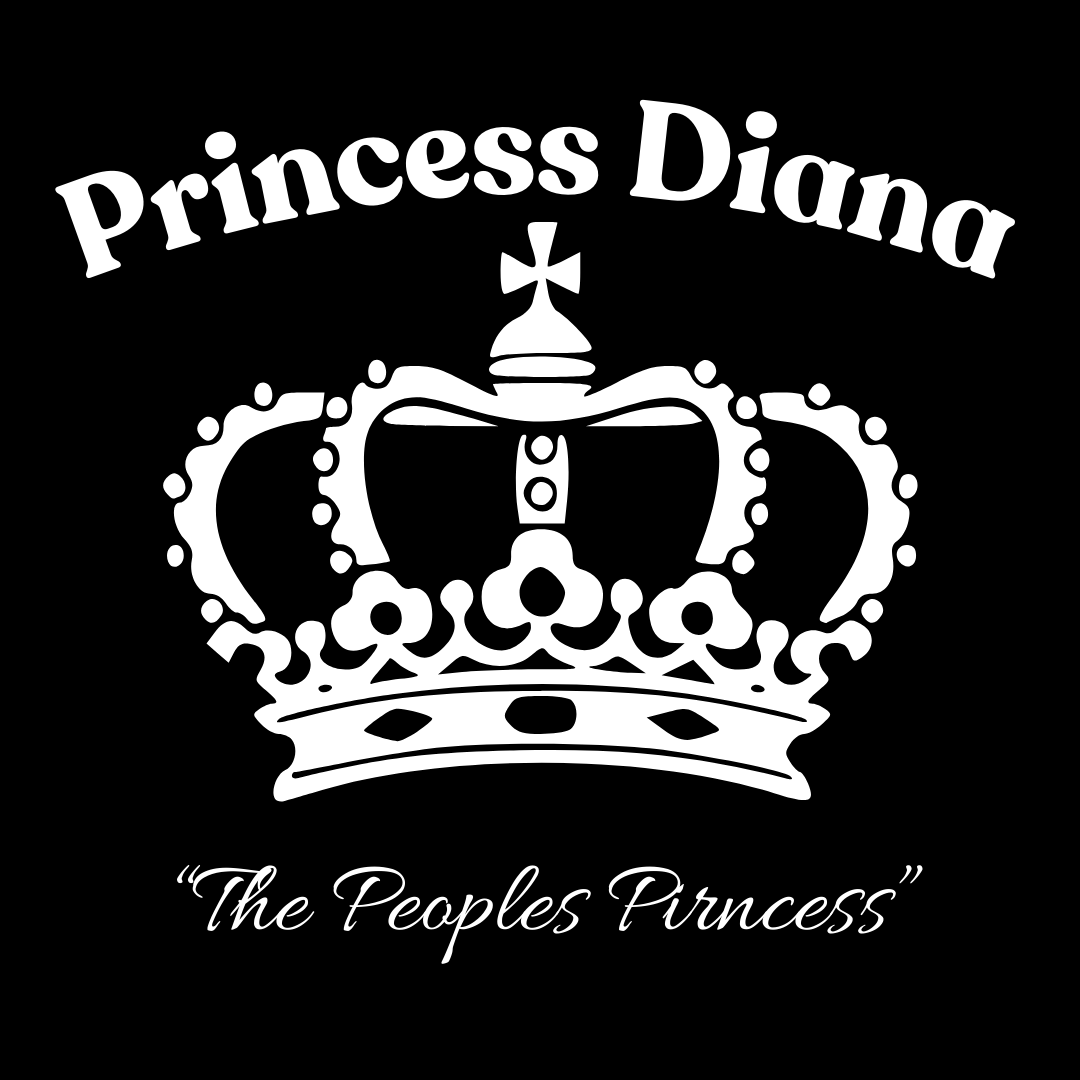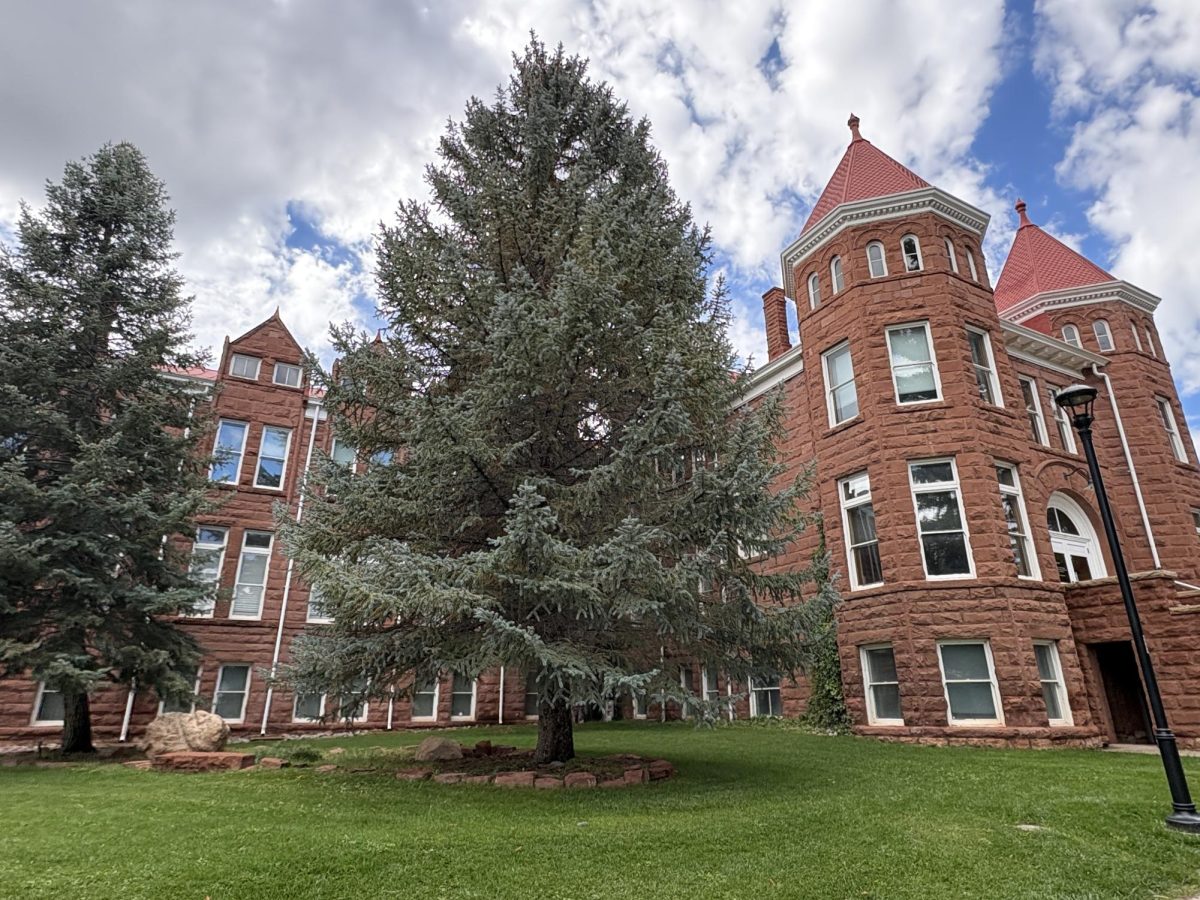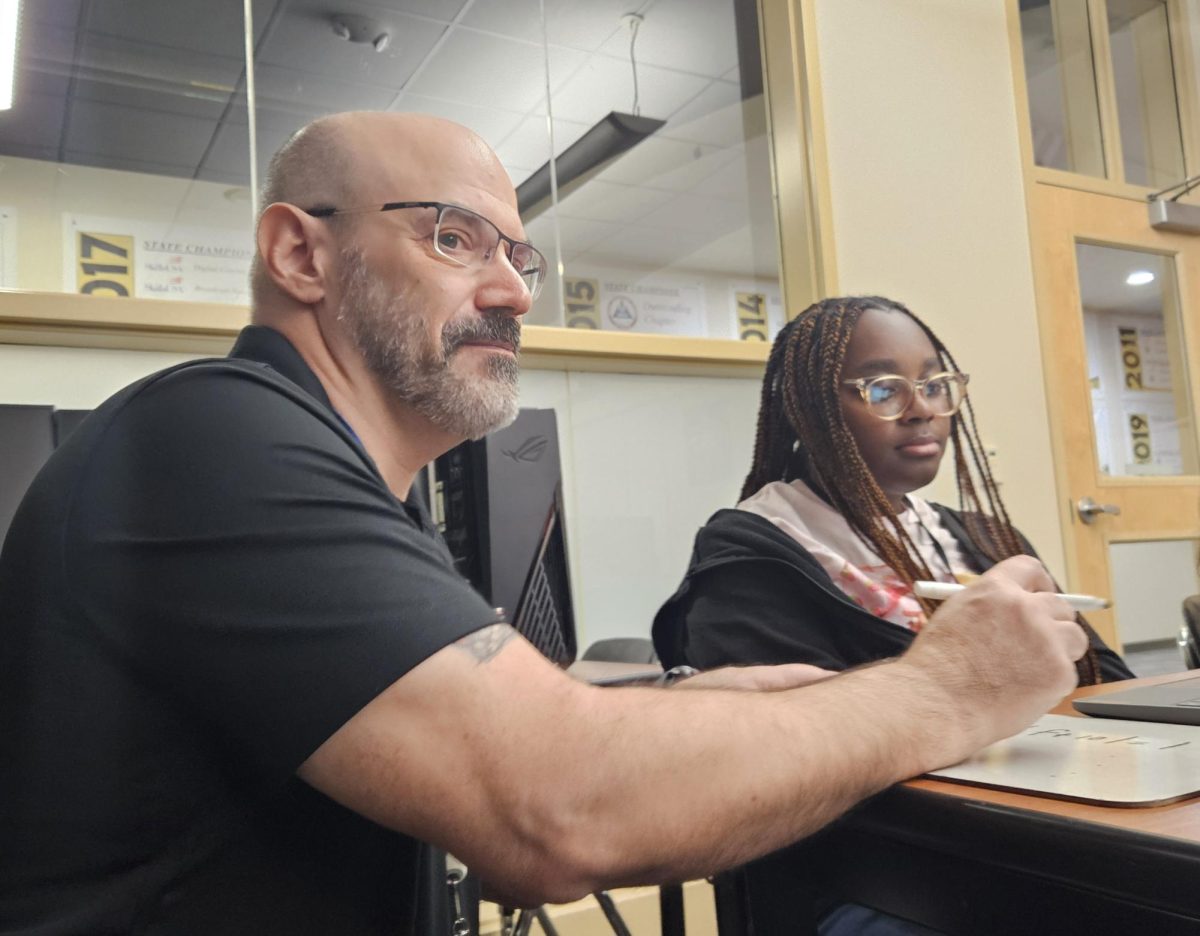The death of Diana, Princess of Wales, on Aug. 31, 1997, was an immensely consequential event for Britain and the world. The Viper Times reflects upon Diana’s life and legacy as an enduring figure on the 27th anniversary of her death.
Diana, Princess of Wales, imparted glamor and activism into a broadly popular princesshood amid years of tabloid coverage and upheaval within the royal family. In an esteemed position, she emerged as a stalwart and unconventional defender of charity as lurid grist defined the royal family.
Subverting expectations, Diana became the first royal to physically interact with AIDS patients, determinedly committed to her work even as she privately received disappointing critique from Queen Elizabeth II. “HIV does not make people dangerous to know,” she controversially said in 1987.
Amid her charitable work, Diana faced the greatest challenge in her life: ending her relationship with Prince Charles, who married her in a widely-publicized event comparable to a fairy tale, all but ensuring that their marriage would be indomitable. The events that occurred in the years following proved anything but.
For years, straining questions of their marriage vividly emerged, culminating in revelations of Charles’s affair with Camilla Parker Bowles and conversations between Diana and her friend that contributed to Elizabeth’s “annus horribilis” in 1992.
On Aug. 31, 1997, Diana was killed in a car accident in a Parisian underpass with her partner, Dodi al-Fayed, and their driver, Henri Paul. Her death convulsed Britain and estranged Elizabeth emotionally as the monarchy faced one of its darkest chapters, challenging the country’s stiff upper lip.
The funeral of Diana in 1997. Hbdragon88/Wikimedia Commons
Diana’s legacy was in defiance of scandalous tabloid coverage — including salacious reporting that contributed to her divorce and death — seemingly defining the monarchy as it entered a century of further strife and challenges. No other figure has reached the level of popularity that Diana experienced since her death.
Royal Activism
Diana’s most provocative work occurred in countering the widespread yet erroneous belief that AIDS can be physically contracted, an effort she extended to leprosy patients. She vehemently defended her actions even as she faced private condemnation from Elizabeth, who suggested that she involve herself in “something more pleasant.”
British foreign secretary Robin Cook commended her work in “bringing home to many of our constituents the human costs of land mines” in 1998. Her efforts were influential in the ratification of an international treaty banning anti-personnel land mines.
Diana was the president of the Royal Marsden Hospital and Great Ormond Street Hospital until her death, frequently appearing at breast cancer conferences. In 1988, she established a charity for children with leukemia.
Britain’s Fashion Icon
Just as during her marriage to Charles, Diana questioned traditional royal expectations with contemporary British fashion. She is said to have worn jackets and jumpers in private, a stark contrast to the well-regarded lush gowns, pastel shades, and ornate decorations. Diana prominently defined her charitable work through fashion later in her life.
Her outfits often garnered a reputation of their own. In November 1985, Diana appeared at a gala at the White House, where she wore a dramatic midnight blue dress. The evening gown became known as the Travolta dress after she was photographed dancing with actor John Travolta at the event.
After Charles admitted to his affair with Camilla Parker Bowles in a televised interview, Diana appeared at a dinner in Kensington, defiantly wearing an evening off-the-shoulder silk garment that evoked the ire of the dramatic black swan Odette-Odile in Tchaikovsky’s “Swan Lake.”
‘Duch’ From Birth
Lady Diana Spencer, daughter of the Viscount and Viscountess Althorp, was born in Sandringham, Norfolk, on July 1, 1961. She was born into the aristocratic Spencer family, a house that was acquainted with the British royal family through a professional association spanning generations.
Diana was raised in a country home that was leased from the queen, who she affectionately called “Aunt Lilibet.” The royal family frequently visited the residence, including Prince Andrew and Prince Edward. As a child, she was known as “Duch” for her aristocratic demeanor.
At age 6, Diana’s parents divorced. Her father later won custody, and she moved into the Spencer family seat in Northamptonshire. In 1976, the Viscount married Raine, Countess Spencer, who Diana described as abusive. Much later, she said that her childhood was “very unhappy” and “very unstable.”
Though she was not academically deft in her formal education, failing the Ministry of Education’s examinations twice, Diana was noted for her virtuosity and her character, receiving a distinction from West Heath Girls’ School for assisting other students. A skilled pianist, she studied ballet and swimming.
A Fairy-tale Moment
Diana met Prince Charles at a country weekend in 1980, beginning a romance that would involve an invitation to Balmoral Castle, where she impressed the royal family with a display of her skills in horseback riding and fishing and courted the necessary approval of Elizabeth and Prince Philip, Charles’s father.
Amid reports of a premarital liaison in British tabloids, Philip hastily urged Prince Charles to propose to Diana. Charles publicly engaged to her on Feb. 24, 1981. “I just want you to know that this is your last night of freedom ever,” her protective officer forebodingly said, “so make the most of it.”
On July 29, 1981, Charles married Diana, in what was described as a real-life fairy tale: Charles, wearing a naval uniform, held hands with Diana, in a dress that would represent the splendorous fashion Diana became renowned for. It would be the climax of their relationship.
The wedding marked a break in precedent for the royal family, from the venue to Diana’s vows. Though the royals had invited 2,500 guests to attend the ceremony, a larger audience — upwards of 750 million — witnessed the event on television. The ceremony defied a movement critical of the royal family’s role in Britain.
Charles and Diana in 1986, attending Prince Andrew’s wedding. Elya/Wikimedia Commons
Charles and Diana had two children: Prince William, the heir to the British throne after Elizabeth’s death in September 2022, and Prince Harry. In a usual questioning of customs, she rarely deferred to the royal family in raising William and Harry, and she had an engaged responsibility in their attire and education.
Marital Issues
Charles and Diana’s fairy-tale moment did not persist for long, present in Charles’s appreciation for traditional architecture contrasted with Diana’s exuberant representation of modern culture. In 1986, Diana began a relationship with a cavalry officer, James Hewitt, while Charles resumed his relationship with Camilla Parker Bowles.
Details of an evidently incompatible marriage developed in British tabloids as Elizabeth and Philip arranged reconciliatory meetings. The publication of Diana’s tell-all biography, revealing Charles’s extramarital affair with Bowles, and intimate conversations between Diana and her friend, James Gilbey, contributed to Elizabeth labeling 1992 her “annus horribilis”.
On Nov. 20, 1995, British journalist Martin Bashir conducted an interview with Diana, in which she disclosed that she had depression and bulimia, though her statements have since been disputed by William. Lord John Dyson concluded that Bashir had “little difficulty playing on her fears and paranoia.”
The interview marked a seismic shift in the monarchy’s perception of Charles and Diana’s marriage regardless. In February 1996, Diana announced an agreement after negotiating with Charles. Five months later, the royals finalized the terms of the divorce. In what was perceived as a slight by the royal family, her honorific was removed, just as Philip had warned the year prior.
“My title is a lot older than yours,” she is said to have replied to him.

